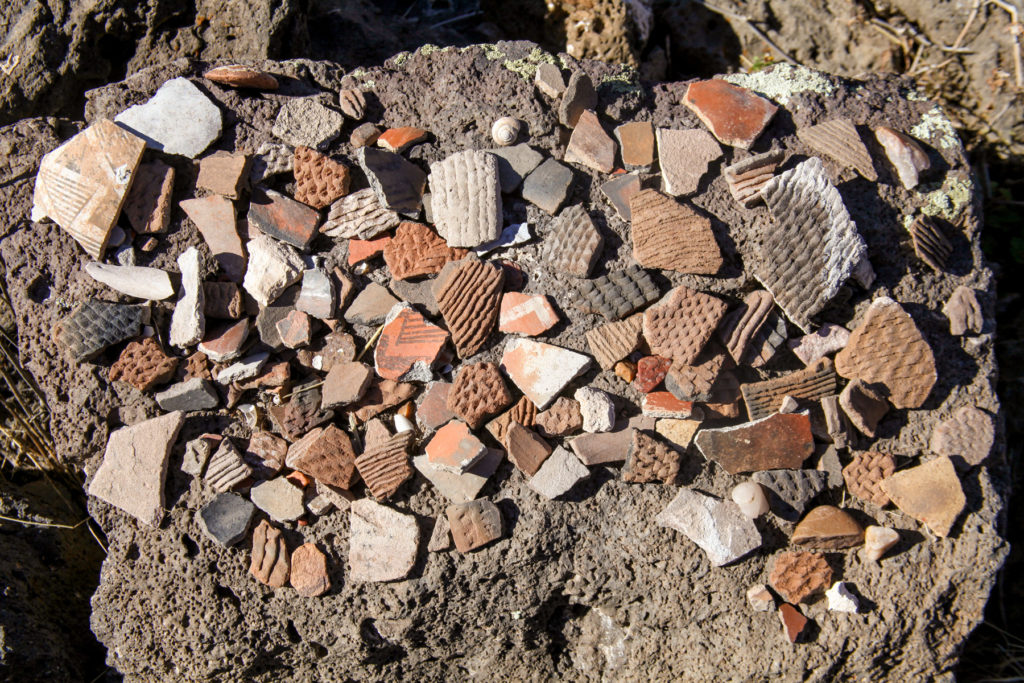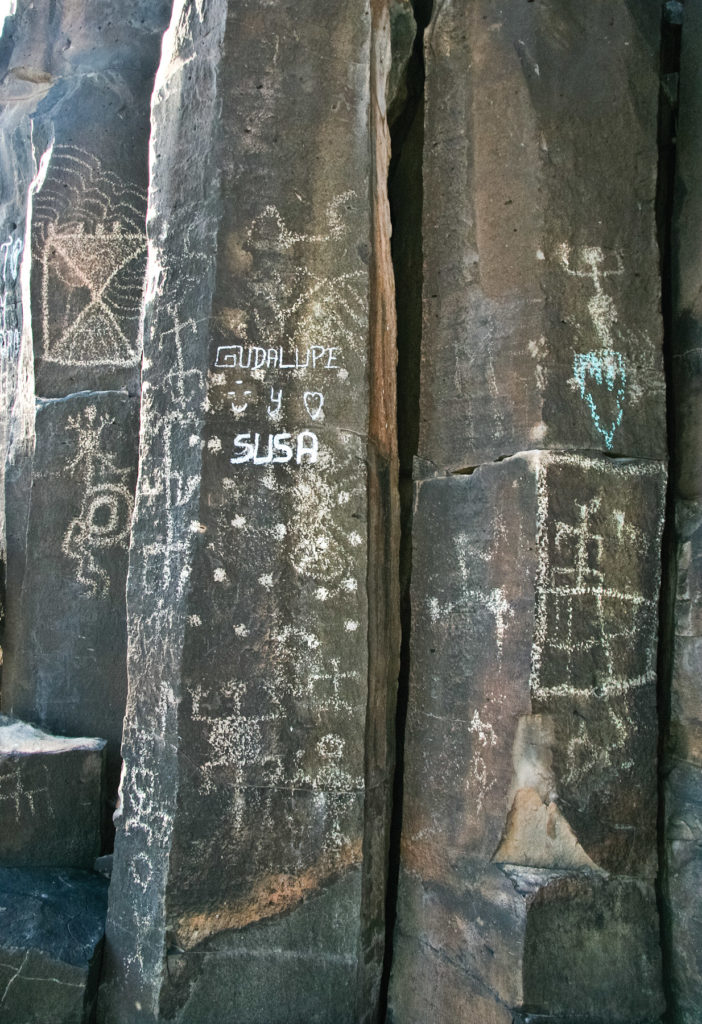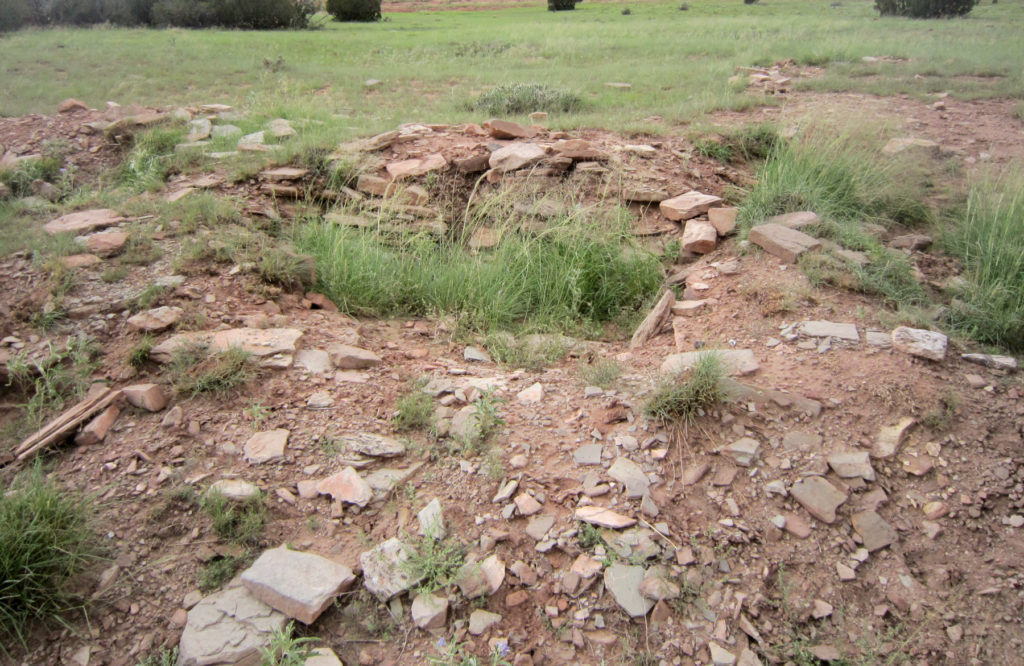- Home
- >
- Preservation Archaeology Blog
- >
- How You Can Help Protect Heritage Sites

(December 19, 2018)—“How much money can I get if I find artifacts while I’m out hiking?”
I occasionally hear some variation of this troubling question when someone learns of my profession, and each time it reinforces that there is much work to be done in the public outreach arena. Specifically, we must strive to reach a larger audience about the importance of archaeological resources, the communities that value them, and the laws that are enacted to protect them.
Federal laws have been in place to protect archaeological resources for more than a century. The Antiquities Act, passed in 1906, was the first measure taken to preserve sites; however, decades later the law’s language was deemed too vague to offer adequate protection from looters and vandals. In response, the Archaeological Resources Protection Act (ARPA) was enacted in 1979. ARPA forbids the damage, excavation, or removal of archaeological resources on public and Indian lands without a permit, and prohibits the buying, selling, transport, or trafficking of illegally obtained items. Criminal penalties for first-time offenders include prison time, fines up to $250,000, and forfeiture of property used in the violation (including vehicles and boats). In addition, the North American Graves Protection and Repatriation Act (NAGPRA) declares it a federal crime to traffic in Native American human remains and associated grave goods.

Yet theft, vandalism, and looting continue to pose serious threats to our cultural resources, and land managing agencies, tribal communities, and others are faced with the challenge of protecting heritage sites. A 2010 National Park Service report (opens as a PDF) revealed that more than 3,000 cases of vandalism and looting on federal lands were documented within a 3-year period, and many more are likely unreported. Destructive behaviors range from the harmful act of artifact collecting to the criminal activity of looting and grave robbing. Telltale signs of these activities are found across the landscape, with sites cratered by looter’s holes that often disturb human burials, artifacts removed from their contexts by collectors, and petroglyph panels marked with graffiti or used as target practice.

Ancestral sites and surface artifacts are abundant in the Southwest. These material remains maintain connections to ancient traditions and cultural identity, and are of cultural, spiritual, and scientific importance. Acts of theft and destruction cause real and lasting harm, depriving us of the opportunity to learn about and appreciate the history of our land. Looters disturb human remains and steal from graves for financial gain, thereby negatively impacting the spiritual health and well-being of Native American communities.
There is no single or easy solution to this serious problem, made even more difficult by new technologies and equipment that allow greater access to backcountry areas. A shared goal among many archaeologists is to increase public awareness to help eradicate this destruction, but we are only a subset of preservation-minded groups. The support of other stakeholders—tribal communities, outdoor recreationalists, environmental advocates, historians, and all other interested parties—is necessary to protect archaeological resources and sacred landscapes.
In this spirit of working together, please follow and share these guidelines on how to respectfully and responsibly appreciate heritage sites:
- Keep artifacts in place! Do not remove, relocate, or collect artifacts. Their information potential is lost when removed from context.
- Ancient architecture is fragile. Do not sit, walk, or climb on walls.
- Do not touch, alter, or move petroglyph or pictograph panels.
- Do not stack rocks or leave other traces of your presence.
- Do not share site locations on social media. Remember that GPS coordinates may be embedded in your digital photos.
- Engage in recreational activities AWAY from archaeological sites.
- Promptly notify law enforcement of any vandalism or suspected violations by calling 1-800-637-9152*
*Looters are dangerous and have been linked to gun and methamphetamine trafficking. If you encounter a looter in the act, do not confront them. Immediately relocate to a safe place and call local authorities.
More information and short videos on visiting with respect from our friends at the Friends of Cedar Mesa may be found here.
